Camp Cusino was created in 1951. It is located one mile west of Shingleton, Michigan. The camp was officially called the Cusino Corrections Prison Work Camp and was part of the Corrections Conservation Prison Camp Program in the State of Michigan. The name Cusino was taken from a Civilian Conservation Corps (CCC) camp that was located four miles east of Melstrand, Michigan. In 1951, some of the CCC buildings were moved to Shingleton for the prison camp. The inmates were trustee status and many worked for the neighboring Cusino Wildlife Research Station. Other inmates were transported daily to do timber stand improvement and maintain area state parks. In 1968 the camp held 93 prisoners with nine staff. In 1979 the old wooden barracks were replaced with modern block buildings. In 1996 the prison camp population was 350. The security level of the prisoners was increased and the camp proper was fenced in with cyclone/razor wire fencing.

The Civilian Conservation Corps (CCC) was a public work relief program that operated from 1933 to 1942 in the United States for unemployed, unmarried men. Originally for young men ages 18–25, it was eventually expanded to ages 17–28. Robert Fechner was the first director of the agency, succeeded by James McEntee following Fechner's death. The CCC was a major part of President Franklin D. Roosevelt's New Deal that provided unskilled manual labor jobs related to the conservation and development of natural resources in rural lands owned by federal, state, and local governments. The CCC was designed to provide jobs for young men and to relieve families who had difficulty finding jobs during the Great Depression in the United States. Maximum enrollment at any one time was 300,000. Through the course of its nine years in operation, 3 million young men participated in the CCC, which provided them with shelter, clothing, and food, together with a wage of $30 per month.
In 1997 the prison camp was placed under the jurisdiction of the Alger Maximum Correctional Facility located in Wetmore, Michigan. The Corrections Conservation Prison Camp Program, which had its headquarters in Grass Lake, Michigan, was officially disbanded.
Camp Cusino was closed on July 26, 2009.
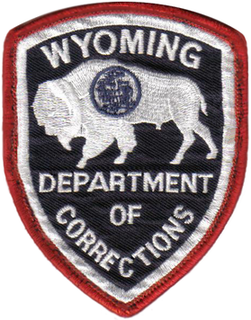
The Wyoming Department of Corrections (WDOC) is a state agency of Wyoming that operates adult correctional facilities. It is headquartered in Suite 100 of the 1934 Wyott Drive building in Cheyenne.
Arizona State Prison Complex – Safford is one of 13 prison facilities operated by the Arizona Department of Corrections (ADC). ASPC-Safford is located in Safford, Graham County, Arizona, 173 miles southeast from the state capital of Phoenix, Arizona.
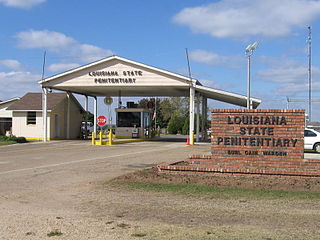
The Louisiana State Penitentiary is a maximum-security prison farm in Louisiana operated by the Louisiana Department of Public Safety & Corrections. It is named "Angola" after the former plantation that occupied this territory. The plantation was named for the African country that was the origin of many slaves brought to Louisiana.
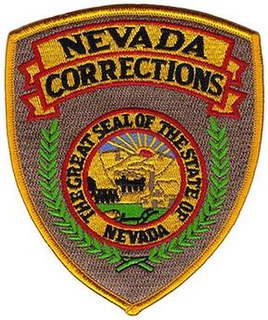
The Nevada Department of Corrections (NDOC) is a governmental agency in the U.S. state of Nevada. The NDOC headquarters is located on the property of the Stewart Indian School in Carson City.
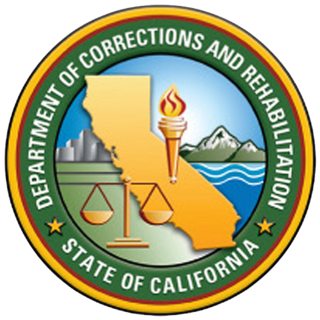
California Correctional Center (CCC) is a state prison in the city of Susanville in Northern California. It is a minimum-security facility.

Michigan State Prison or Jackson State Prison, which opened in 1839, was the first prison in Michigan. After 150 years, the prison was divided, starting in 1988, into four distinct prisons, still in Jackson: the Parnall Correctional Facility which is a minimum-security prison; the G. Robert Cotton Correctional Facility where prisoners can finish their general education; the Charles Egeler Reception and Guidance Center which is the common point of processing for all male state prisoners sentenced to any Michigan prison; and the Cooper Street Correctional Facility which is the common point for processing of all male state prisoners about to discharge, parole, or enter a community center or the camp program.

The Vermont Department of Corrections is an executive agency of the U.S. state of Vermont charged with overseeing correctional facilities, supervising probation and parolees, and serving in an advisory capacity in the prevention of crime and juvenile delinquency. It is a part of the Vermont Agency of Human Services.

The Florida Department of Corrections operates state prisons in the U.S. state of Florida. It has its headquarters in Florida's capital of Tallahassee.
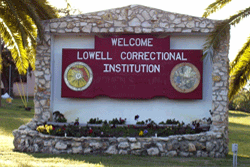
Lowell Correctional Institution is a women's prison in unincorporated Marion County, Florida, north of Ocala. A part of the Florida Department of Corrections, it serves as the primary prison for women in the state. Almost 3,000 women are incarcerated in the complex, which includes the Lowell Annex. As of 2015 2,696 women are in the main Lowell CI, making it the largest prison for women in the United States; its prison population became larger than that of the Central California Women's Facility that year.
Camp Lehman was minimum security prison camp operated by the Michigan Department of Corrections Correctional Facilities Administration (CFA), 10 miles (16 km) north of Grayling located in Crawford County, Michigan; under the administrative control of the Pugsley Correctional Facility in Kingsley, Michigan.

The Idaho Department of Correction (IDOC) operates nine prisons, four community release centers and 20 probation and parole offices in seven districts located throughout the state of Idaho. The agency has its headquarters in Boise.
Camp Koehler was a 240 bed Level I work/medical camp located adjacent to Kinross Correctional Facility and was under there administration. Camp Koehler, which opened in 1988, included the Housing unit, a relatively new administration building, and an attached new Food Service building. The Administrative Building housed the offices of the Camp Assistant Deputy Warden and secretary and a visiting room which also functioned as a programming center. Approximately one quarter mile away was a building which housed the offices of Maintenance and Public Works departments.
Pugsley Correctional Facility (MPF) is a Michigan minimum security prison operated by the Michigan Department of Corrections Correctional Facilities Administration (CFA), located between Kingsley, Michigan and Fife Lake 25 miles (40 km) southeast of Traverse City in Grand Traverse County.
Carson City Correctional Facility (DRF) is a Michigan prison, located in Carson City, for adult male prisoners.
Saginaw Correctional Facility (SRF) is a Michigan prison, located in Tittabawassee Township, for adult male prisoners.
Kinross Correctional Facility (KCF) is a Michigan prison for men. It is located in the eastern Upper Peninsula of Michigan, in Chippewa County on the south side of Kincheloe, adjacent to Chippewa County International Airport. The original facility closed in October 2015, with most of the inmates relocating to the formerly closed Hiawatha Correctional Facility. Upon the move, the Kinross Correctional Facility name was transferred to the reopened complex.
Macomb Correctional Facility (MRF) is a Michigan prison, located in Lenox Township, for adult male prisoners.
This page is based on this
Wikipedia article Text is available under the
CC BY-SA 4.0 license; additional terms may apply.
Images, videos and audio are available under their respective licenses.









